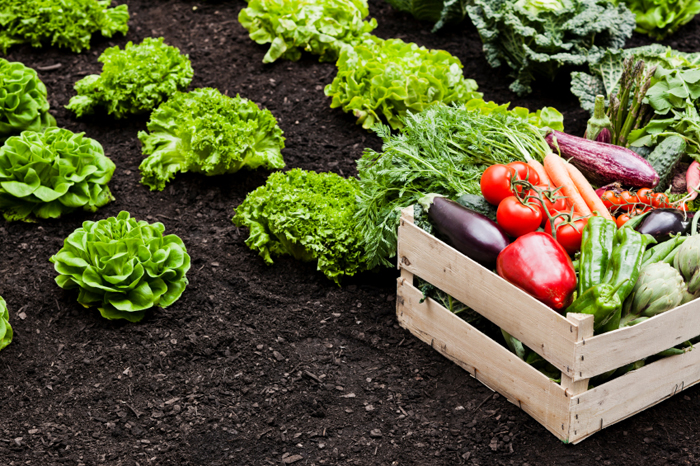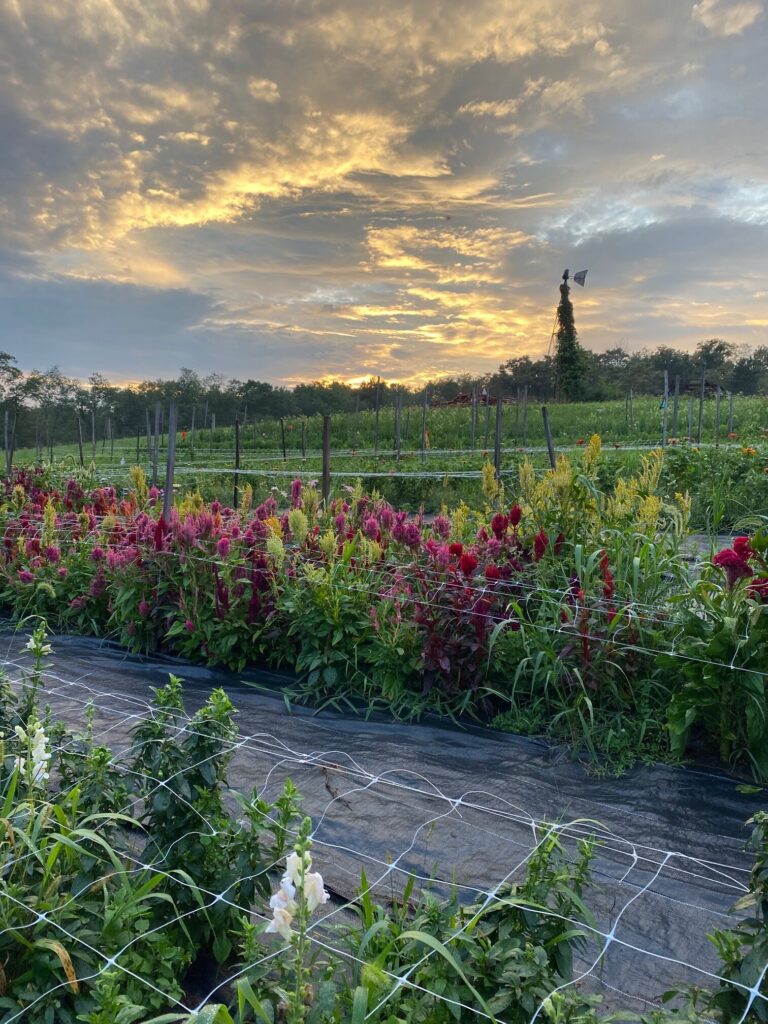How to Adapt Your Homestead Gardening
How to Adapt Your Homestead Gardening
Blog Article
Discover the Secrets to Creating a Efficient and attractive Horticulture Room
Producing a effective and attractive gardening area is not simply an issue of planting flowers and veggies; it calls for a strategic approach that encompasses numerous vital elements. From picking the right place based on sunshine and soil type to attentively creating your design and choosing appropriate plants, each choice plays an essential function in the success of your yard.
Choosing the Right Location
Choosing the suitable location for your garden is important to its success and general aesthetic appeal. The first step in this process entails examining sunshine exposure, as the majority of plants need at the very least six hours of direct sunlight daily (Homestead Gardening). A south-facing garden normally receives one of the most light, while shaded locations can restrain growth and blooming
Furthermore, consider soil high quality and water drainage. Well-draining dirt is necessary to prevent water logged origins, which can result in plant diseases. Carrying out a dirt examination can supply useful information concerning pH levels and nutrition material, allowing you to change the soil accordingly.
Furthermore, proximity to water sources is one more aspect to evaluate - Homestead Gardening. Having very easy access to a hose pipe or irrigation system can streamline the watering process and encourage regular plant treatment. Wind protection is likewise essential; placing your yard near frameworks, such as fencings or wall surfaces, can shield it from severe winds that may harm fragile plants
Lastly, consider ease of access for maintenance and harvesting. A well-placed garden enables convenient gain access to, making sure that you can quickly tend to your plants without causing undue anxiety or disruption. Thoughtful place selection lays the structure for a prospering yard.
Selecting Plants Carefully
When choosing plants for your garden, it's necessary to take into consideration aspects such as environment, soil conditions, and individual preferences to ensure a unified and effective area. A comprehensive understanding of your regional climate will certainly direct you in selecting plants that grow in your certain atmosphere. Picking drought-resistant selections is helpful in dry areas, while moisture-loving species may be a lot more suitable for areas with high rains.
Dirt conditions are just as critical; performing a soil test can expose pH degrees and nutrient web content, allowing you to pick plants that will certainly prosper. Indigenous plants are typically an outstanding option, as they are normally well-adapted to regional soil kinds and call for much less upkeep.
Mirror on your personal preferences-- picking plants that resonate with your aesthetic preferences will certainly enhance your pleasure and commitment to preserving your garden. By very carefully examining these elements, you can produce a varied and thriving plant option that elevates your gardening experience.
Designing Your Garden Format
With a thoughtfully selected plant choice in hand, the next step is to develop a garden layout that takes full advantage of both elegance and capability. Begin by evaluating the available space, considering elements such as color, wind, and sunshine patterns. A well-planned design needs to incorporate different areas, including areas for growing, pathways, and possibly seating.
Start with bigger plants or prime focus, such as trees or high perennials, put strategically to create aesthetic passion. Layer smaller plants in front to enhance depth and structure. Take into consideration the growth behaviors of your chosen plants; taller varieties ought to be positioned at the back or facility of beds, while much shorter ones can line the sides.
Integrating pathways not only assists in gain access to for upkeep but also welcomes expedition. Use materials that complement the garden's general aesthetic, whether crushed rock, rock, or timber chips.
In addition, assume regarding seasonal modifications and how your layout will look throughout the year. Incorporating evergreens together with seasonal flowers can guarantee year-round beauty. Inevitably, a well-designed yard layout balances the all-natural elegance of plants with useful considerations, leading to an area that is both inviting and productive.
Enhancing Soil Health

To boost dirt health and wellness, begin by conducting a dirt examination to examine pH degrees, nutrition material, and soil appearance. This will educate your modifications. Include organic matter such as garden compost, well-rotted manure, or leaf mold to enhance soil framework, water retention, and microbial task. Additionally, exercising pop over to this web-site plant turning can stop nutrient exhaustion and minimize pest and condition pressures.
Mulching is another effective technique; it not only conserves dampness but likewise subdues weeds and slowly enriches the dirt as it damages down. Preventing too much husbandry is important, as it can disrupt dirt framework and damage valuable microorganisms. Instead, take on no-till or minimal tillage methods to preserve soil stability.

Maintaining Your Yard Effectively
A properly maintained yard gives pride and productivity, calling for regular interest to guarantee that plants thrive and the landscape remains welcoming. Efficient garden upkeep entails numerous crucial methods that enhance the wellness of your plants and the overall visual of your area.
Regular watering is critical; nevertheless, it is very important to tailor your watering routine based on the certain this requirements of your plants and neighborhood environment problems. Mulching can help retain moisture, suppress weeds, and control dirt temperature level. Timely weeding avoids competitors for resources and nutrients, ensuring that your plants grow.
Pruning is an additional essential task. It motivates healthy and balanced growth, eliminates dead or diseased branches, and shapes plants to maintain an appealing structure. In addition, keeping track of for bugs and conditions is essential; early discovery and intervention can conserve your plants from considerable damages.
Fertilization needs to be executed thoughtfully, using natural options whenever possible to promote long-term dirt health and wellness. Lastly, seasonal jobs such as growing, separating perennials, and planning for wintertime will certainly guarantee your yard stays dynamic year-round. By complying with these methods faithfully, you can grow a garden that is both beautiful and productive.
Verdict
Choosing a proper area with sufficient sunshine, choosing suitable plants, creating an aesthetically pleasing layout, enhancing soil wellness, and making sure routine maintenance are crucial elements. By integrating these techniques, one can cultivate a prospering garden that not only boosts the landscape but likewise advertises ecological balance and sustainability.
From picking the right location based on sunlight and dirt kind to thoughtfully designing your format and selecting suitable plants, each decision plays a pivotal duty in the success of your yard. Well-draining soil is essential to stop waterlogged origins, which can lead to plant conditions.When selecting plants for your yard, it's important to consider variables such as climate, soil conditions, and personal preferences to make certain a harmonious and efficient space. Ultimately, a well-designed garden design balances the all-natural appeal of plants with useful considerations, resulting in a space that is both inviting and effective.

Report this page